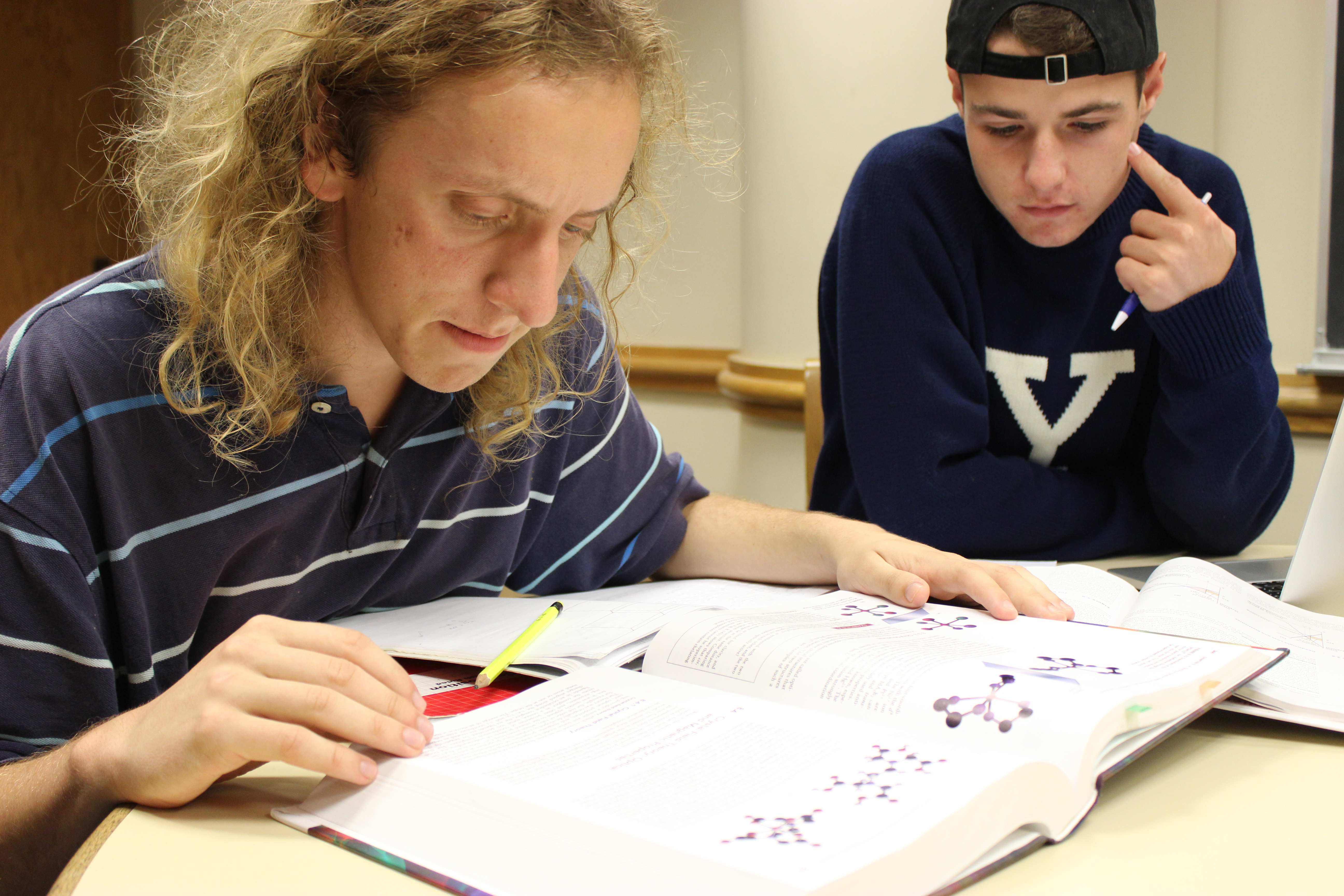
After the Smarter Balanced Assessment Consortium exam became fully computerized, Connecticut schoolchildren will spend less time test-taking and more time learning.
Gov. Dannel Malloy and State Department of Education Commissioner Dianna Wentzell announced the change, which will affect students in grades three through eight, during a visit to Cromwell’s Woodside Intermediate School last Thursday. According to a statement released shortly after the visit, the change could give each student up to an hour and 45 minutes more class time devoted to learning as opposed to test-taking. The change, which will affect the more than 200,000 students in over 800 of Connecticut’s schools, removes one of the two components of the SBAC exam third to eighth graders must take.
“We are working as hard as possible to be smart about testing, limit anxiety and boost learning time,” Malloy said in the press release. “Tests are important — they help us measure ourselves and pinpoint how to improve.”
The first portion of the computer adaptive test requires students to respond to a series of questions that get harder and easier according to the students’ score. The second component consists of a performance task, typically an essay. Malloy’s change eliminates this performance section, making the exam solely a computer-adaptive test.
The decision is part of an ongoing effort in Connecticut to reduce time devoted to standardized testing. Early last August, Malloy announced the elimination of the SBAC for 11th grade students in lieu of the SAT, which is free for all Connecticut students. The SDE also created an “Assessment Grant Program” that allows districts to evaluate the assessments administered in their districts and the extent to which testing can be limited.
According to last week’s press release, the elimination of the SBAC’s performance component is intended to increase learning time, decrease stress amongst students and limit unnecessary and duplicative testing.
For some, however, the move only serves to augment existing problems with the examination.
Don Williams Jr., director of Policy, Research and Reform at the Connecticut Education Association, said the computerized nature of the test is discriminatory toward students who have little computer access at homes.
Teachers, researchers and city officials interviewed identified a technology gap between students in different income brackets that can lead to an achievement gap on the test. As students from low-income backgrounds may have less access to computers, they will find the test more unfamiliar and so may also score marks below their potential.
“Are we testing students’ computer skills or their academic skills?” Williams asked.
Patricia Fusco, a teacher at West Haven’s May V. Carrigan Middle School, said that although she acknowledges the value of computer skills in today’s world, she does not understand why the test must be fully computerized.
Prior to the institution of the SBAC, the Connecticut Mastery Test was the standard assessment administered to students in grades three through eight. The CMT was a bubble-in pencil and paper exam.
Fusco, who is also a member of the statewide Mastery Exam Committee, said teachers now teach more to the SBAC test than they did to the CMT before.
She noted that she now incorporates more vocabulary and technology skills into teaching than she did prior. But she said the result of this is that there is less time for “exploring.”
She said she has devised her student learning objectives in accordance with skills that can be measured on the SBAC, in part, because her teacher evaluation is based on student performance on the test.
When asked how much time is spent preparing for the test, Fusco laughed.
“Everything we do is geared to make sure that the students master the standards on the test, so pretty much the whole year,” she said.
Some researchers interviewed also expressed worry that the test could be “developmentally inappropriate” for children. Specifically, they pointed to the length of the test, which is conducted over several hours on different days. They added that the computer format can be awkward, and that it can be difficult for children to scroll up and down while reading passages and answering questions.
“[The change] is a good first step, but Connecticut needs to do what the majority of other states have done,” Williams said. “[These states have] moved beyond the federal consortium of tests and moved on to design their own tests, or work with vendors to create tests more in line with their state’s curriculum.”
Despite discord related to the internal components of the test, academic professionals interviewed agreed on the need to evaluate students formally.
Rachel Leventhal-Weiner, the education policy fellow at Connecticut Voices for Children, said she believes standardized testing is necessary for evaluation because it forces districts to hold its students and teachers to a high standard.
She added that she feels the change reflects the state’s attempt to listen to a multitude of groups concerned with child development and education.
Standardized testing falls in line with the federal government’s No Child Left Behind Act that keeps school districts accountable to the federal government in order to receive funding. At the same time, the move to shorten the test and allow more time for instruction heeds concerns from those in school districts.
So soon after the change was made, it remains unclear how the removal of the performance section will affect students.
Williams said that while he finds the test problematic, he does not expect the state to stop requiring it. Rather, he is hoping for the state to commission an investigative process that compares the new SBAC to the variety of tests used in other states.
“We’re being left behind,” he said. “Our hope is that folks will at least open the door to investigating alternatives.”
The net expenditure per student in New Haven County was $17,194.22 for the 2014–2015 school year.







